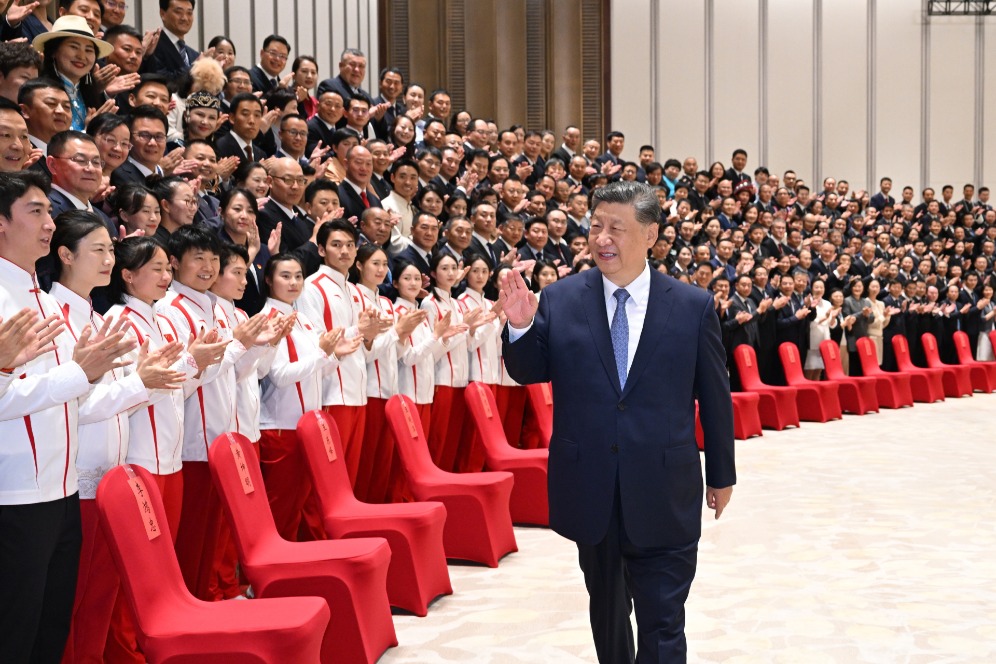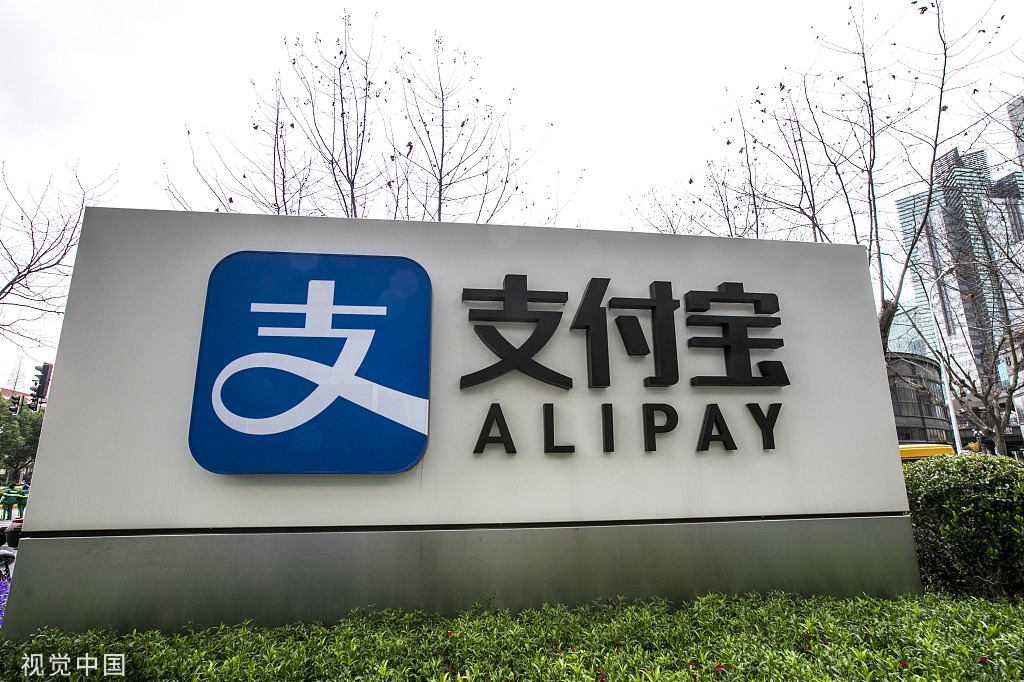Improving China's carbon market
By streamlining the legislative process and fostering interdepartmental collaboration, the ETS can facilitate the country's efforts to achieve its dual-carbon goals

By streamlining the legislative process and fostering interdepartmental collaboration, the ETS can facilitate the country's efforts to achieve its dual-carbon goals

China's carbon emissions trading system utilizes market mechanisms to incentivize emissions reduction with the minimum social costs. Since its launch in July 2021, the national carbon ETS has become a crucial policy instrument for China to achieve its ambitious climate targets, that is, peaking carbon emissions before 2030 and realizing carbon neutrality before 2060.
The national ETS has successfully curtailed carbon emissions from the thermal power generation industry by setting emissions intensity targets. The first compliance period covered 2,162 key emitters in the power sector, with a compliance rate of 99.5 percent. In addition, the national ETS has preliminarily established a carbon price for the entire society's low-carbon transition.
However, the national ETS has not yet unleashed its full potential. An efficient ETS requires covering entities with different marginal abatement costs to sufficiently trade carbon allowances. The trading activity in China's national ETS is relatively low, with an annual turnover rate of only 1.5 percent, far below the European Union ETS's 52.8 percent in the spot market. Additionally, allowance trading exhibits a significant tidal phenomenon, with 84.6 percent of transactions occurring two months before the compliance deadline, much higher than the EU ETS's 42.5 percent. Inadequate liquidity in the national carbon ETS hinders its ability to effectively discover carbon prices and reduce decarbonization costs.
To address these challenges, a better market design can enhance the performance of the carbon ETS. The Green Finance Forum of 60 released a report titled "Improving the Financial Performance of China's National Carbon Market", aiming at helping the carbon market play the role of market-based emissions reduction mechanism, and promoting the whole society's energy and economic green and low-carbon transformation. According to this report, the key measures include improving the carbon allowance trading rules, such as setting a strict carbon emissions cap, introducing auctions in the primary market, and establishing a derivatives market. These steps will foster more robust and dynamic trading activities, encouraging entities with different abatement costs to participate actively in the market.
Furthermore, China can boost market activities by engaging noncompliance entities in allowance trading. Introducing diversified trading entities, such as financial institutions, into the national carbon market's development, can play a positive role in enhancing its price discovery, liquidity provision, and risk management functions. These entities can act as market makers, providing liquidity and creating more effective price signals through their involvement in auctions and carbon financial derivatives transactions.
While many non-compliance entities have shown enthusiasm for participating in the national ETS, they still lack the necessary qualification for trading. Recently, six securities companies have received a no-objection letter from the China Securities Regulatory Commission to participate in carbon emissions trading. However, they can only participate in regional carbon market pilots and China Certified Emission Reduction; their participation in the national carbon market remains restricted.
Therefore, it is crucial for regulatory authorities to establish rules and standards to facilitate non-compliance entities to participate in the national ETS. At the same time, the regulators also need to create a system to monitor and manage the risks of introducing non-compliance entities. This will ensure fair and transparent participation, contributing to the overall effectiveness of the carbon market.
First, it is crucial to establish a robust regulatory framework for non-compliance entities participating in carbon trading. A comprehensive market fluctuation monitoring and reporting mechanism should be established to regularly track and report long and short positions, speculative, and hedging transactions carried out by financial institutions and other non-compliance entities. Strengthened information disclosure mechanisms are necessary to safeguard against market manipulation and insider trading. Carbon market participants are required to submit detailed reports on their transaction volumes, prices, positions and other relevant data, while exchanges should disclose this information through daily and weekly reports.
Second, to ensure effective risk management, a well-defined carbon market risk management policy system should be established. General risk management measures, such as position limits, transaction limits and reporting requirements, should be implemented for financial institutions and other participants. Additionally, differentiated regulatory policies should be applied specifically to hedging and arbitrage transactions. Coordination and regulatory mechanisms should be developed for financial institutions and other participants involved in carbon spot and futures market trading, enabling them to participate in both markets concurrently. To mitigate potential risks related to price manipulation and cross-market speculation, a recommended approach would involve transitioning from the current "T+5"agreement-based trading method in the carbon spot market to a more agile and continuous central bidding system known as "T+1". This transition would enhance market efficiency and integrity while reducing the risks associated with trading activities.
Finally, it is imperative to expedite the legislative process for the carbon market while concurrently establishing and enhancing cross-departmental collaborative supervision mechanisms. This entails developing comprehensive laws specifically tailored to the carbon market, introducing long-term management mechanisms to govern carbon quota totals, and refining a series of complementary policies concerning carbon emissions monitoring, reporting and verification systems. To ensure effective governance and oversight, it is essential to establish clear and efficient regulatory cooperation frameworks and mechanisms among the relevant authorities.
By streamlining the legislative process, fostering interdepartmental collaboration and ensuring robust regulatory oversight, the carbon market can attain its full potential in facilitating China's journey toward achieving its dual-carbon goals while promoting sustainability and ecological balance. The introduction of diversified trading entities will not only enhance the functionality of the national carbon market but also facilitate achieving China's dual-carbon goals at the lowest possible cost.
Through these comprehensive efforts, China can successfully navigate the challenges of transitioning to a low-carbon future while contributing significantly to global climate goals.
The author is chief economist at Green Finance Forum of 60 and the director of the Initiative for Sustainable Investment at Duke Kunshan University. The author contributed this article to China Watch, a think tank powered by China Daily.
Contact the editor at editor@chinawatch.cn.


































